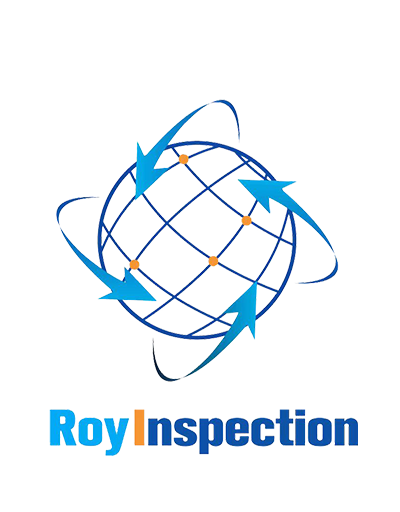manual fabric inspection machines: The Importance of Quality Control
Manual fabric inspection machines are an essential tool in the textile industry, ensuring that fabrics meet industry standards for quality and consistency. These machines are particularly useful in identifying defects in woven or knitted fabrics and other textiles. In this article, we will explore the many benefits of using a manual fabric inspection machine and how they contribute to quality control.
What Is a Manual Fabric Inspection Machine?
As the name suggests, a manual fabric inspection machine is a device that allows textile manufacturers to inspect fabric manually. The machine has two main components: a light source and a viewing area. Textile manufacturers use the machine to inspect fabrics for flaws and ensure that they meet quality standards. The machine is particularly useful in identifying flaws in the weave or knit of the fabric, such as holes, runs, or knots.
Benefits of Using a Manual Fabric Inspection Machine
Manual fabric inspection machines offer a wide range of benefits to textile manufacturers, including:
- Improved quality control - manual fabric inspection machines allow manufacturers to identify defects in fabrics, ensuring that only high-quality fabrics are used in the manufacturing process.
- Increased efficiency - manual fabric inspection machines allow manufacturers to inspect fabrics more quickly and efficiently, saving time and reducing labor costs.
- Consistent quality - by inspecting fabrics with a manual fabric inspection machine, textile manufacturers can ensure that all fabrics meet the same quality standards.
- Reduced waste - by identifying flaws in fabrics before they are used in the manufacturing process, manufacturers can reduce waste and save money on materials.
Types of Manual Fabric Inspection Machines
There are several types of manual fabric inspection machines available on the market, each with its own unique features and benefits. Some of the most common types of manual fabric inspection machines include:
- Tabletop fabric inspection machines - these machines are compact and easy to use, making them ideal for small-scale textile manufacturers.
- Roll-to-roll fabric inspection machines - these machines are designed to inspect fabrics as they are rolled from one spool to another, making them ideal for larger-scale manufacturers.
- Ultraviolet fabric inspection machines - these machines use ultraviolet light to identify certain types of defects in fabrics, such as dye migration or uneven printing.
Using a Manual Fabric Inspection Machine
Using a manual fabric inspection machine is straightforward. The fabric is placed on the viewing area of the machine, and the light source is positioned above it. The textile manufacturer then inspects the fabric for flaws, using a magnifying glass if necessary. Any defects are marked for repair or disposal.
Choosing the Right Manual Fabric Inspection Machine
When choosing a manual fabric inspection machine, textile manufacturers should consider several factors, including their budget, the size and type of fabrics they work with, and the specific features they require. It is also important to choose a machine from a reputable manufacturer with a proven track record of quality and reliability.
The Cost of Manual Fabric Inspection Machines
The cost of a manual fabric inspection machine varies depending on the type and features of the machine. Tabletop machines are typically the most affordable, with prices starting at under $1,000. Roll-to-roll machines are more expensive, with prices starting at around $10,000. Ultraviolet machines are the most expensive, with prices starting at around $20,000.
Where to Buy Manual Fabric Inspection Machines
Manual fabric inspection machines can be purchased from a wide range of manufacturers and suppliers. Some of the most popular manufacturers and retailers of manual fabric inspection machines include:
- Eastman Machine Company
- Karl Mayer
- Picanol Group
- Staubli
Conclusion
Manual fabric inspection machines are an essential tool in the textile manufacturing process, ensuring that fabrics meet quality standards and are free from defects. By using a manual fabric inspection machine, textile manufacturers can improve their quality control, increase efficiency, and reduce waste, ultimately leading to a more profitable and successful textile business.

